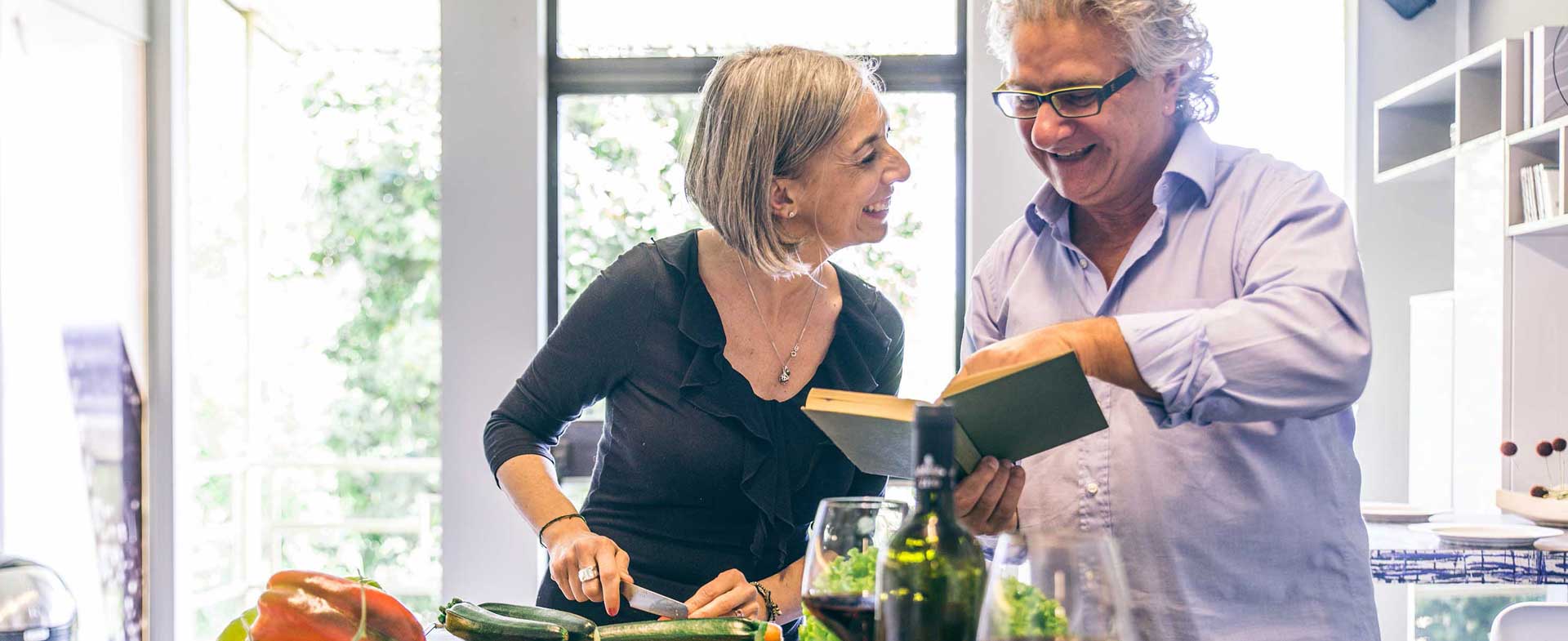The American Heart Association’s recently revamped high blood pressure guidelines specifically mention adopting the DASH diet to avoid or control hypertension. But what is it? And what are steps you can to take today to incorporate this healthy way of eating into your life?
“DASH closely models general healthy diet recommendations we make as dietitians,” says Kelly Nohl, a registered dietitian nutritionist with Henry Ford Health. “It provides a lot of good healthy diet recommendations for anyone even if they don’t already have high blood pressure”
Named best overall diet by U.S. News and World Report for the eighth year in a row, DASH is really a diet designed specifically to lower high blood pressure. DASH, or Dietary Approaches to Stop Hypertension, was developed by a team of doctors, registered dietitians and other health professionals at the National Institutes of Health (NIH) in the late 1990s. Researchers found that a diet focused on vegetables, fruits, whole grains, low-fat dairy and lean proteins together had a definite impact on lowering blood pressure without medications.
According to the American Academy of Neurology, a recent study also found an association between “DASH-ing,” as fans call it, and fewer depression symptoms in older adults. The researchers attribute the association to the vitamins and nutrients found in healthy foods, which are the building blocks for neurotransmitters and chemicals necessary for healthy brain function.
The basics of the DASH way of eating, according to the NIH, include:
- Eating vegetables, fruits and whole grains. DASH recommends three to five servings each of fruits and vegetables per day, and six to eight servings of whole grains.
- Limiting dairy to two to three fat-free or low-fat dairy products per day.
- Including fish, poultry, beans, nuts and vegetable oils (3-6 or less servings per day of fish or poultry; 2-3 fats or oils per day; 3-4 servings of nuts, seeds or legumes per week)
- Severely limiting foods that are high in saturated fat, such as fatty meats, full-fat dairy products and tropical oils such as coconut, palm kernel, and palm oils.
- Limiting sweets and sugar-sweetened beverages to three to five or less per week.
- Limiting sodium to 2,300 mg per day.
Here are five ways Nohl recommends to slowly start incorporating DASH into your daily eating habits:
- Add at least two servings of fruit and vegetables into your day. The DASH overall goal is three to five servings each of fruits and vegetables. The typical American diet includes a serving or two. So start small; add a serving to each meal or replace one snack. Along with providing fiber, eating more produce also adds potassium, a natural diuretic, triggering your body to remove extra fluid – and extra sodium along with it.
- Check labels for sodium. DASH recommends less than 2,300 mg of sodium per day. And don’t be fooled by misleading labels, Nohl says.”Watch out for items that say low sodium, reduced sodium or light. The best practice is to always look at the label to find the amount of sodium per serving.”
- Start a food journal. Food journals are a great place to start. They can help people to really see what it is that they’re eating and how much, and find opportunities to make different choices.
- Stop skipping meals and enjoy them with DASH-friendly foods. Take the extra time and plan ahead to help reduce your sodium intake. It’s also important to try to have 3 meals a day with most of those meals being made at home.
- Limit sweets to three to five or fewer servings per week. And the DASH diet suggests any sweets consumed should be low in fat. The easiest way to start eliminating sweets is to limit your access to them. If you do not buy sweet treats at the grocery store or keep them in your house, you’re less likely to eat them.
Have concerns about your blood pressure and heart health? Schedule an appointment with your doctor at henryford.com or by calling 1-800-HENRY FORD.
Kelly Nohl is a registered dietitian nutritionist for the Henry Ford Center for Health Promotion and Disease Prevention.



